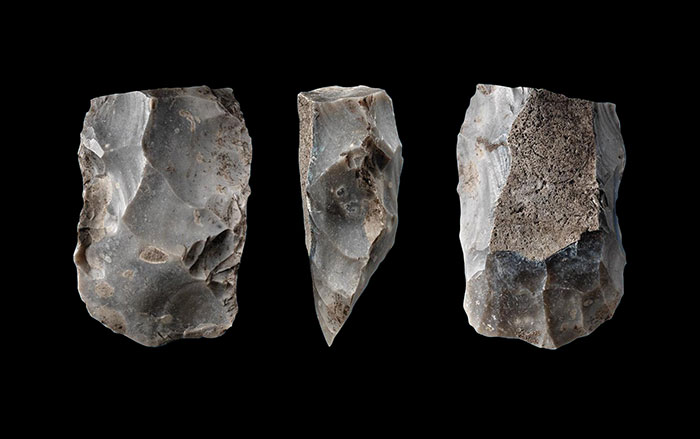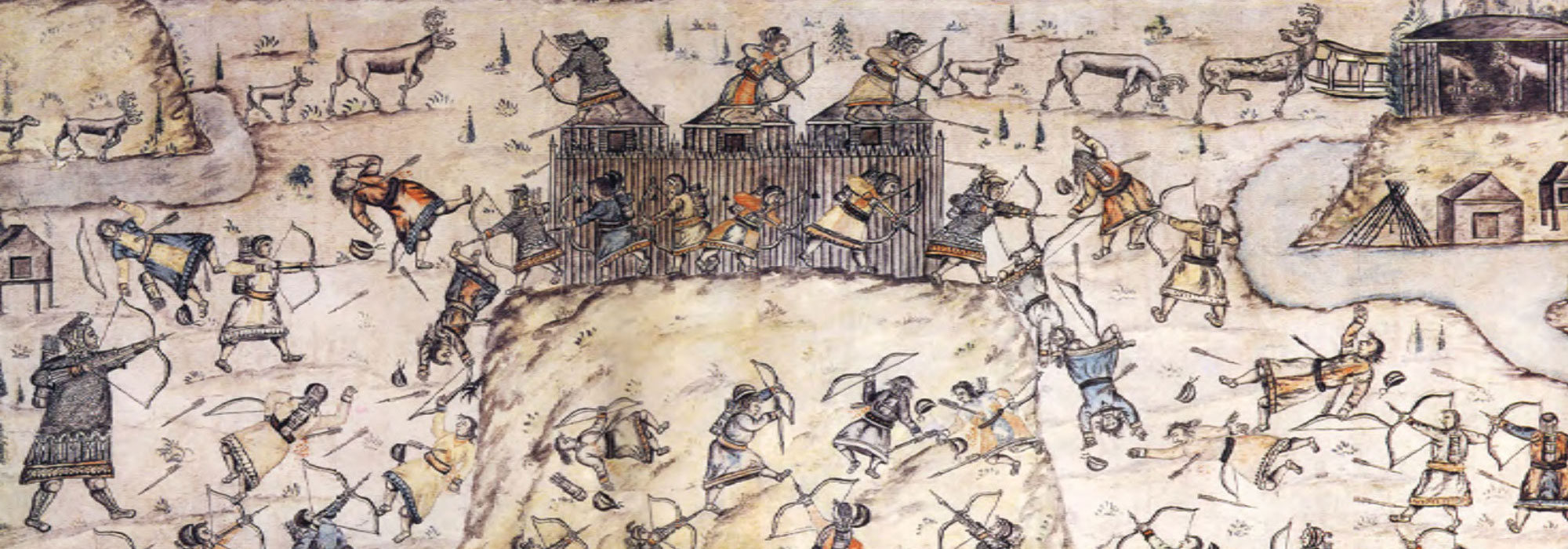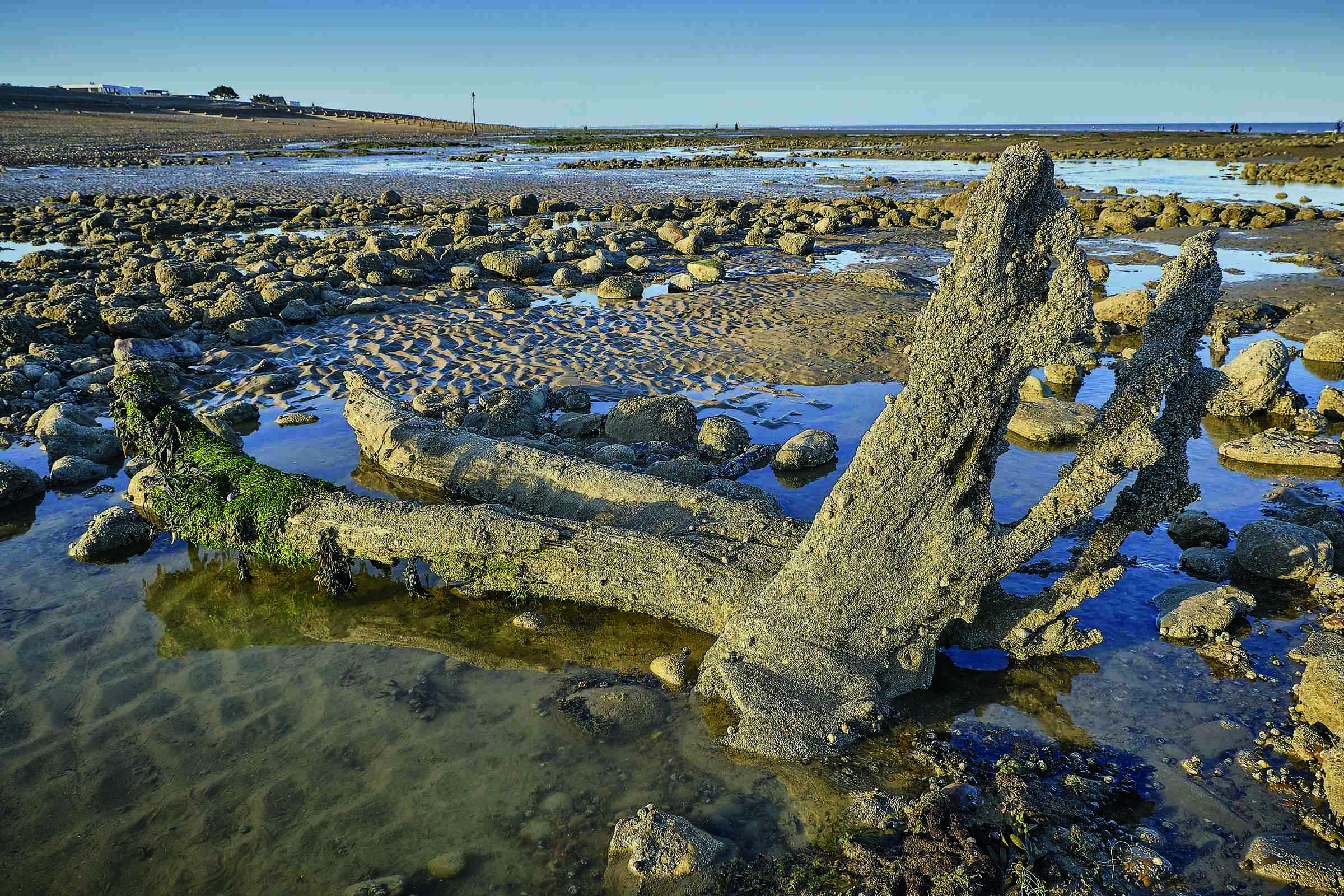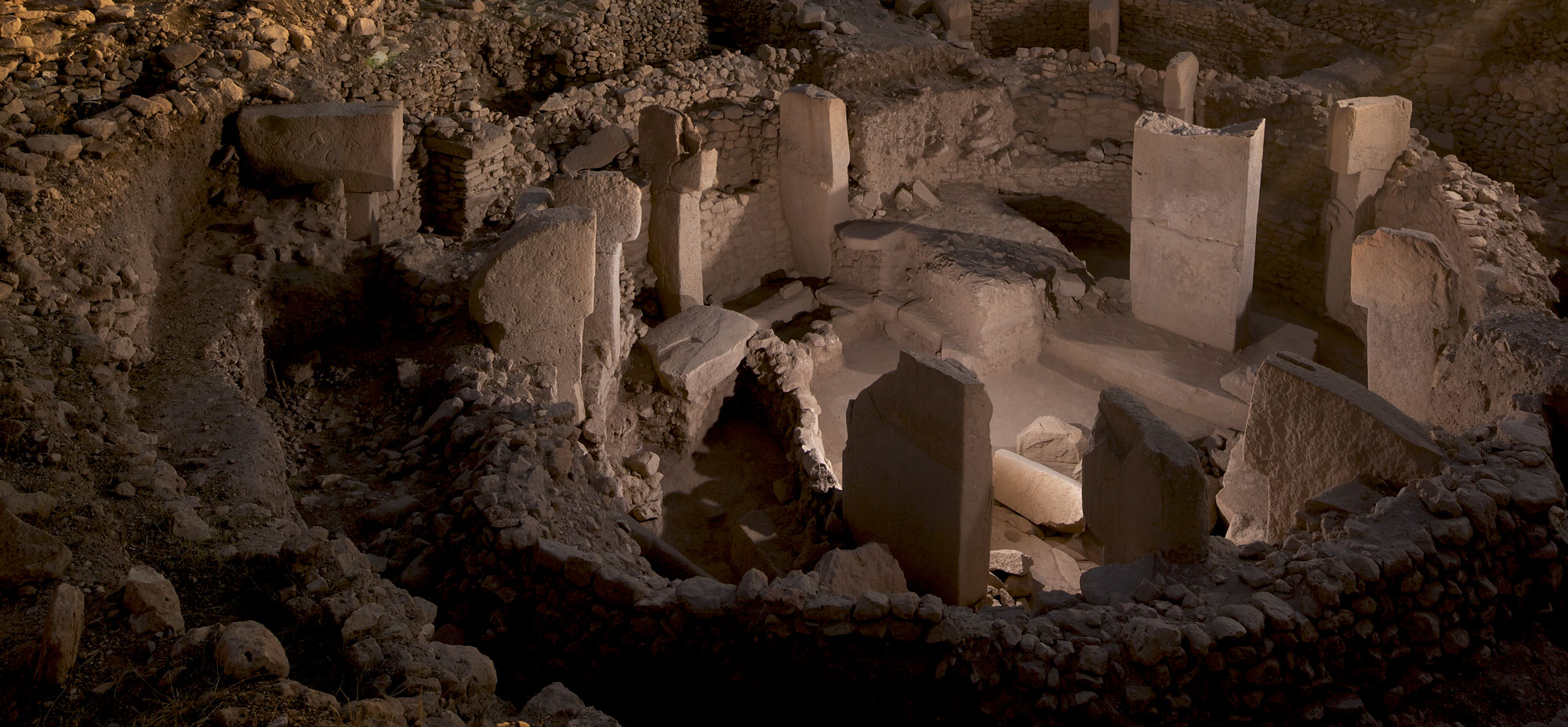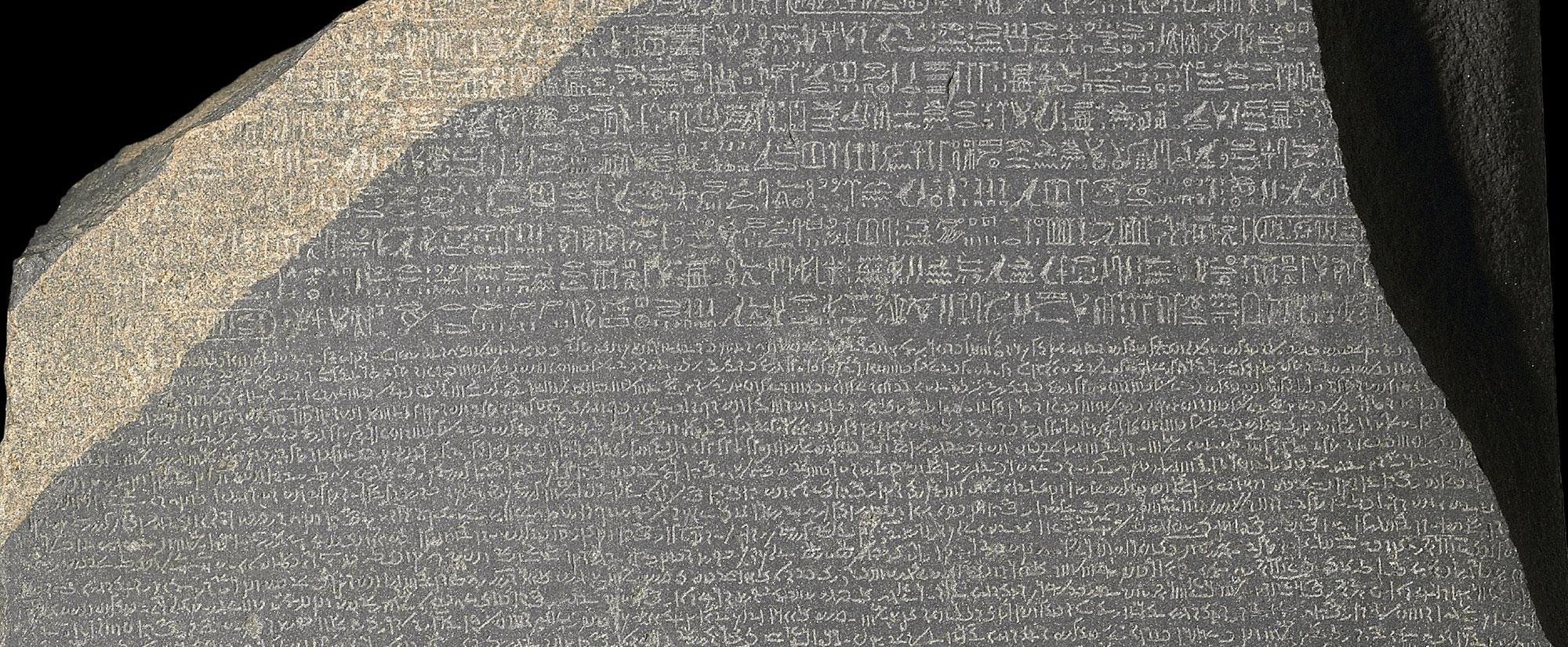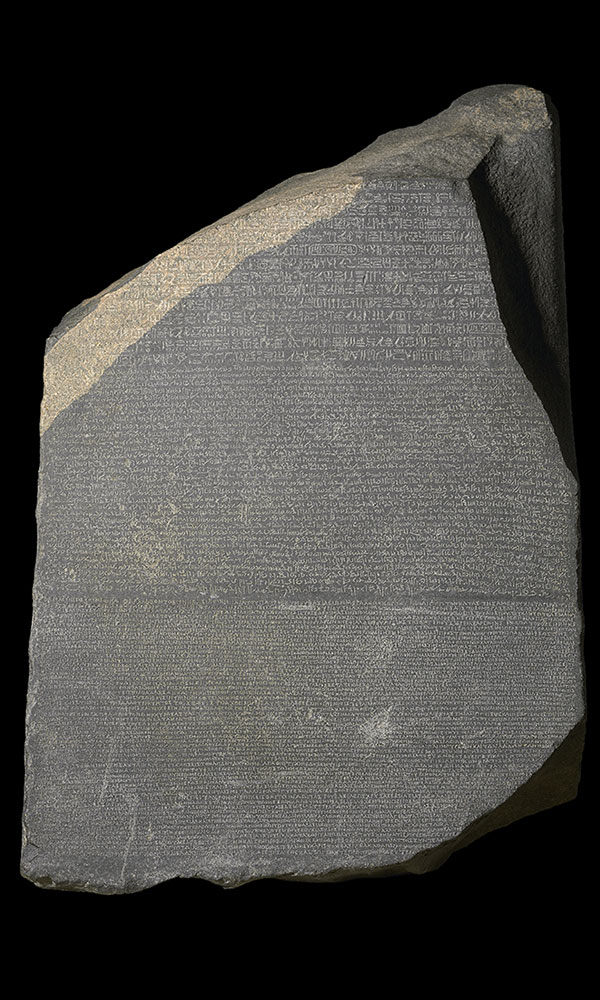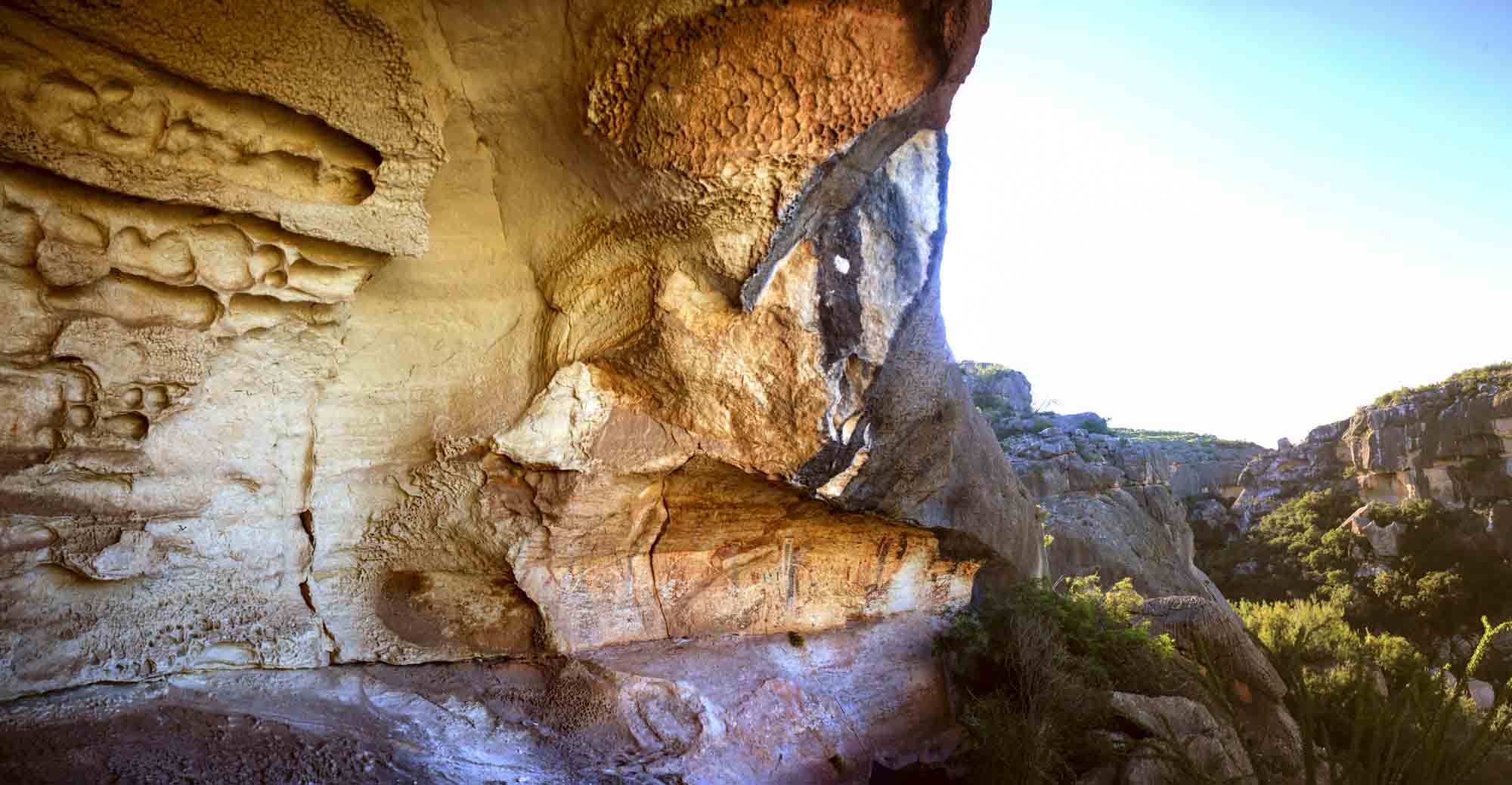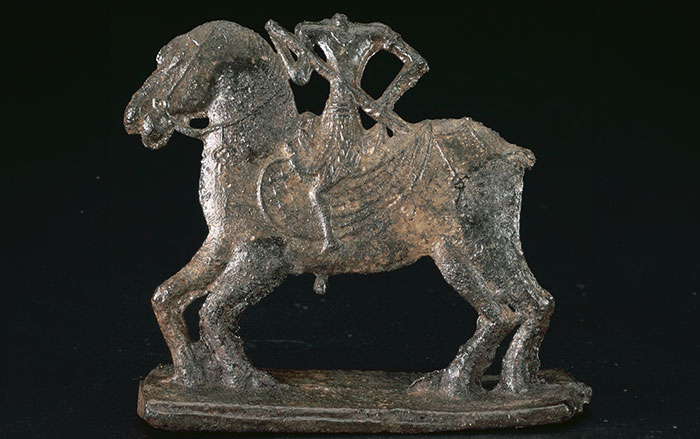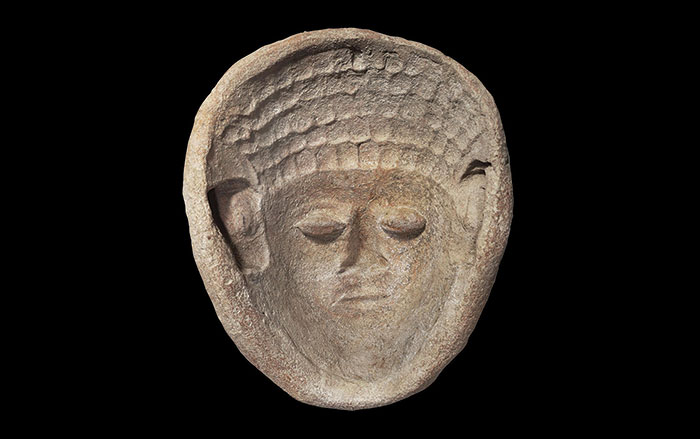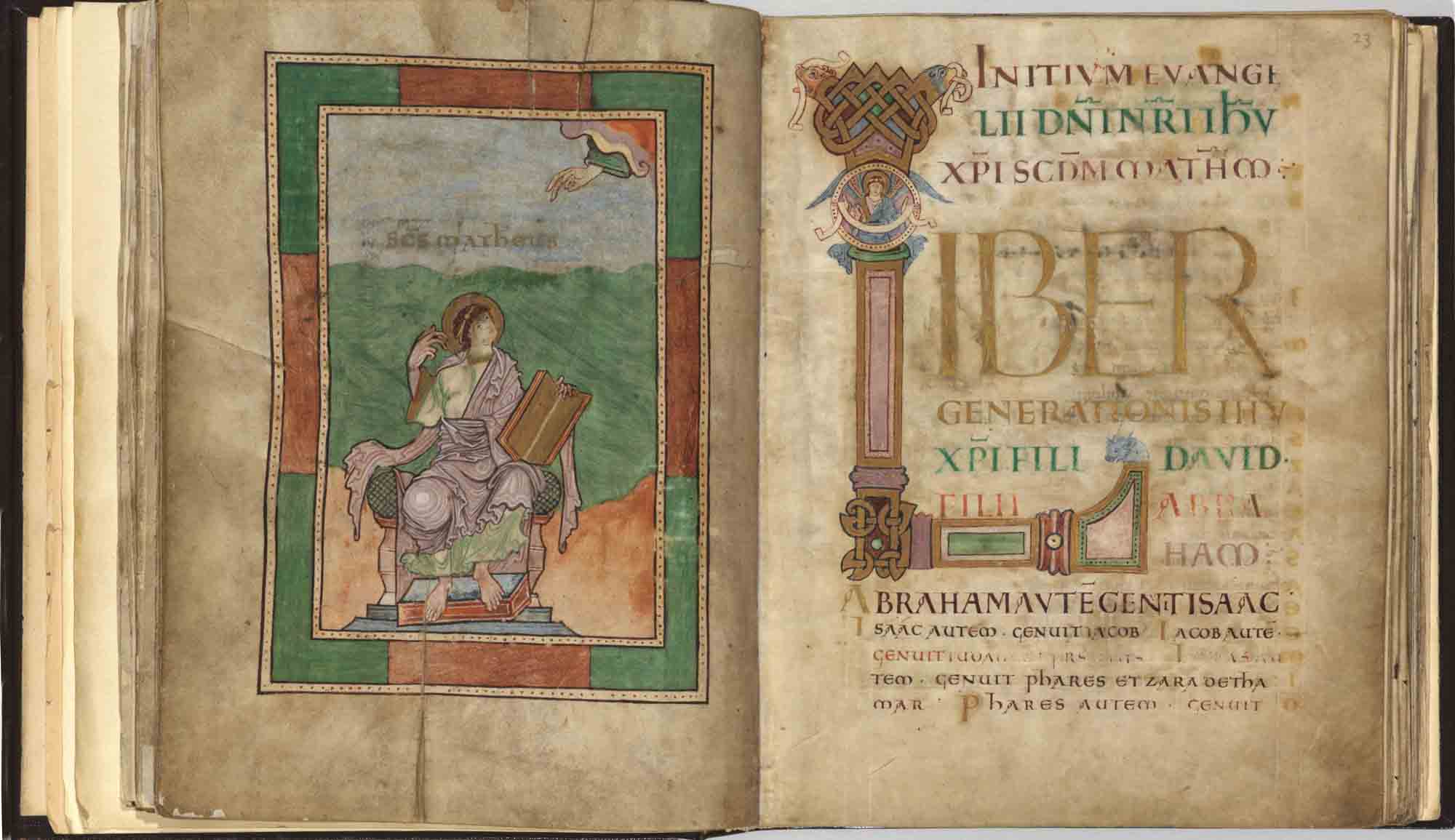
COPENHAGEN, DENMARK—According to a report in Seeker, researchers led by Tobias Richter of the University of Copenhagen have excavated a Natufian site in Jordan known as Shubayqa 1, which was occupied between 14,600 and 12,000 years ago. The early radiocarbon date for the site, obtained through accelerator mass spectrometry, suggests that Natufians lived across the region of the Levant earlier than had been previously thought, and adapted to a wide range of habitats. The site could also offer scientists information on the transition from hunting and gathering to farming. Richter said the people living at Shubayqa 1 domesticated dogs as early as 14,000 years ago, built one of the world’s earliest stone buildings, complete with a stone-paved floor, and produced art in the form of carved bone and stone figures. They also buried their dead. “Some have argued that this is evidence for the presence of ritual specialists—shamans—or some kind of group leaders,” Richter said. “What seems clear is that the Natufians had developed a complex symbolic cosmology and treated their dead with respect.” A stone-lined fire pit, and food remains from birds, gazelle, and tubers, vegetables, and wild cereals and legumes were also uncovered. For more, go to “Europe's First Farmers.”


